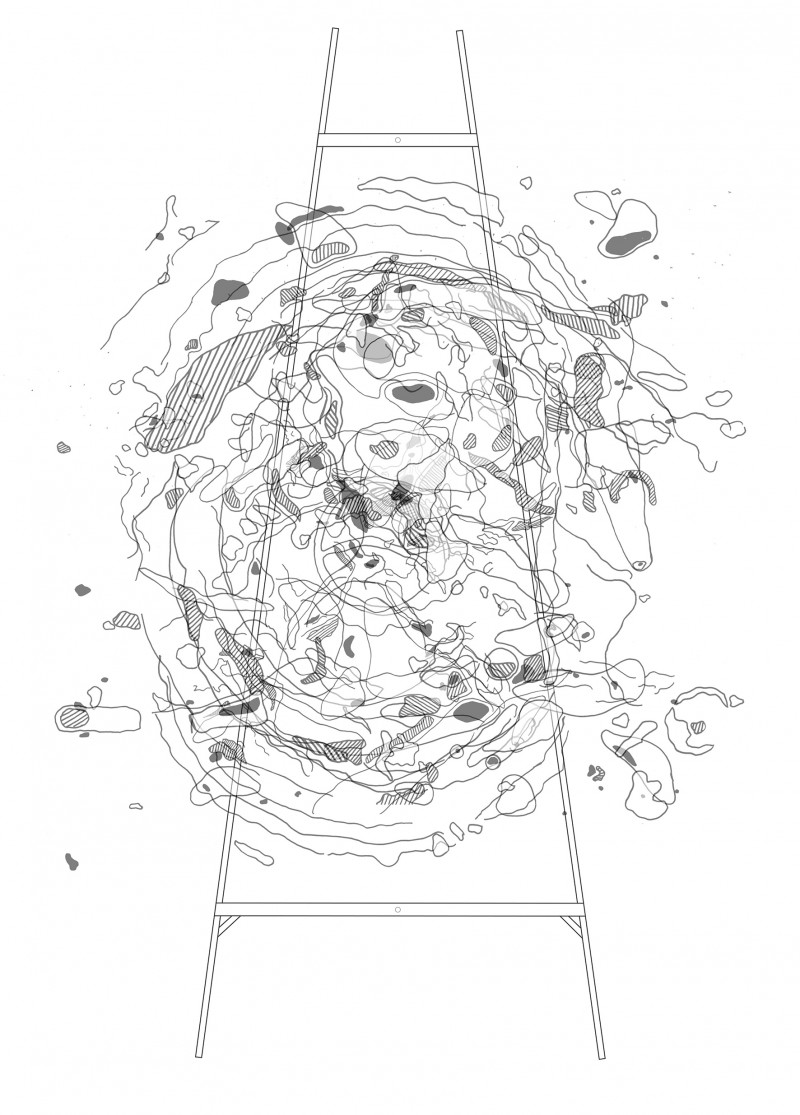Introduction
A common theme in Higher Education reporting is the increasing number of students receiving First Class degrees. Readers of newspapers will be familiar with stories of “concern about grade inflation” (The Daily Telegraph 17.01.19).[1] HE teaching staff, meanwhile, will also be aware of the demand and expectation from students themselves for such recognition.
The Times recently conducted its own research and reported (27 December 2019) that “if the inflation continues at its present rate, every student in the UK would achieve a First in 38 years’ time.” In fact, said the newspaper, some institutions would be giving all students the highest grade by 2030.[2]
Numbers of First Class degrees have, indeed, risen dramatically. Figures from the UK’s Higher Education Statistics Agency show that in the academic year 2006-07 there were 36,630 students in receipt of a First Class degree. By 2017-18 this number had risen to 110,475. Interestingly, over the same time period, the number of Third Class degrees actually decreased (from 23,070 to 17,830).[3]
Such inflation has caused the Financial Times (04.09.19) to ask whether a First Class degree matters at all – indeed, does any classification matter when mixed with other experiences and attributes such as work record, core skills and personal qualities? The FT quotes Jonathan Black, Careers Service director at the University of Oxford, who told the newspaper: “It’s about how you pitch it . . . If you’ve done other things then that’s going to mitigate a 2.2… [but] within five years nobody actually cares.”[4]
However – try telling this to an ambitious student in their final year. Attempts to answer the question “what do I need to do to get a first?” are both commonplace and difficult. Certainly the answer “do your best work and forget about marks” cuts little ice with students, who tend to consider such advice to be dismissive and trite. Marking grids and feedback statements will commonly include reference to terms such as “excellent”, “sophisticated”, “mature” and “ambitious”, often against categories including design process, technical resolution and visual communication. In our experience, these sincere and well-intentioned attempts to quantify boundaries and benchmarks are never entirely satisfactory; these terms represent our best efforts to articulate what are meant by particular standards, but can they ever capture what one colleague called “the magic” that makes for First Class work?
Clearly, it is important to be able to express what is meant by First Class; students need to understand how their work is assessed in language that is meaningful. There is, though, always a sense that First Class work speaks for itself, that its qualities are self-evident. It would be unfair to describe such judgements as “dark arts”, as processes of assessment (double-marking, moderation, external examination and so on), quite apart from the time and professional judgement brought to bear on such important matters, combine to determine fair and defensible conclusions. But it can be difficult to fully articulate just why one piece of work is deserving of the highest grade band, while another falls just short of it. Moreover, it can be even more difficult to fully express just why two pieces of entirely different work should share the same grading point.
It was for these reasons – popular concern over grade inflation; student demand; and the importance of fairness and transparency – that we invited the interiors community to share their experiences of assessing for the First in this issue of IE:Studio. However, it is not uncontroversial. More than one member of our community predicted that the call for abstracts would result in very few (if any) submissions. They were, in fact, right. This issue comprises three papers, plus a text by co-editor Shelley McNulty, which is a slimline edition compared with our previous publications.
We are grateful, then, to Nerea Feliz from The University of Texas at Austin and the teams from RMIT and the UK’s University of Northumbria who have shared their insight and experience with us. As it happens, nothing in what they say is controversial or in any way contentious. What these papers usefully do is, in fact, identify common themes from three continents. Further, it is interesting to note that theoretical/philosophical underpinning appears to be equally highly valued in whichever educational system the student is practicing within. That is, the strength and persuasiveness of the idea is a common feature of First Class work wherever it is found; integrated with meaningful design process, visual clarity, room for experiment and a certain uniqueness, First Class work emerges.
This resonates strongly with us. Isabel Russell, a 2019 Interior Architecture graduate from UWE Bristol (one of David Littlefield’s students), was awarded a First Class degree for these very reasons. Her project concerned a spatial reading and interpretation of the Royal West of England Academy, a prestigious art gallery in Bristol whose mid-Victorian building is both august and tired. The site analysis phase of the project, in which students were not required to propose a new intervention but merely to respond to the site as found, saw Isabel develop a fascination for the traces different exhibitions had left behind on the walls of the gallery. This led to a detailed analysis of the holes (of nails, screws, pins) and surrounding contours which were the only remaining evidence of an artwork’s presence, developing into an exploration of scale, mapping, overlaying, absence/presence and scrupulous observation.

This work was produced in November-December 2018, providing the deep understanding of site that enabled the production of a convincing and entirely site-specific intervention later on. However, it was at this early stage that the potential for a First Class project began to emerge. It would be quite wrong to say that Isabel’s early work guaranteed a First – but it enabled it. This has some resonance with Roger Kemp’s description of the work of RMIT graduate Bethany Ryan, whose work was more “practice” than “project”; this paper also includes Anthony Fryatt’s comment that “curiosity” and “risk taking” are also valuable First Class commodities, which further resonates with our own assessment of Isabel’s work here in the UK.
The three papers featured here are wonderfully complementary. The paper from RMIT is based on a dialogue between three members of staff, each of whom have led graduate-year design studios. Their reflections about what makes a First are illuminating, and address the manner in which teaching has changed (and even improved) as a result of responding to different pressures over the last decade or so. This paper counterpoints the text by University of Northumbria staff who interview a recent graduate about her own understanding of the status and mechanics of the First. What emerges from the graduate concerned, Polly Amery, is that her design work was strengthened by theoretical links with her dissertation, as well as a sense that her graduating project was the end result of a long process of learning and personal development. The First, for Polly, was recognition of how far she’d come.
Sandwiched between these different perspectives is Nerea Feliz’s observations about a range of student work from the University of Texas. In these cases, student design thinking was expressed in text as well as design visualization, opening up the possibility for students to write fiction as well as propose it spatially.
To book end the issue, Shelley McNulty’s conversational piece with Interior Architect Barrie Legg, attempts to evaluate the worth of a First-Class degree to industry professionals. A job at the end of a long and expensive degree is the ultimate ‘First prize’ to many students. Indeed, how many students are in employment 6 months after graduation is a measurement of course success and financial worth. So, is a First-Class degree purely an academic measure that has no real meaning in the professional studio? Or is it an indication of potential industry success?
This issue of IE:Studio, then, contains a special handful of deep insights from around the world, which is likely to form the beginning of a conversation on this subject rather than any last word. If The Times is correct and one day Firsts are awarded to everyone, then the conversation will become irrelevant; until then, it is important, pertinent and urgent.

